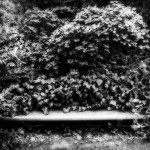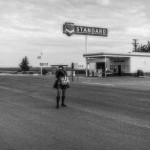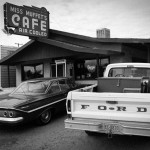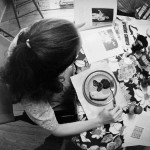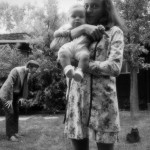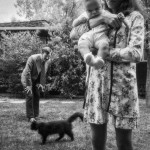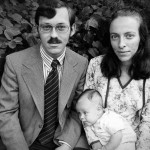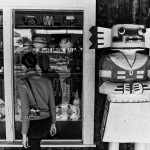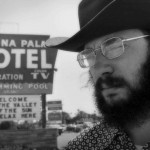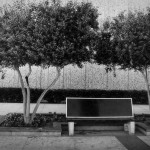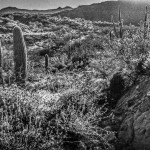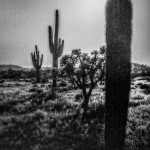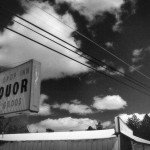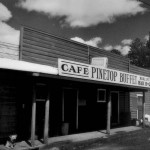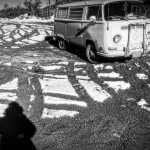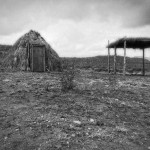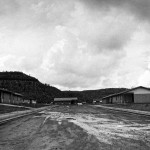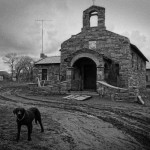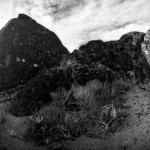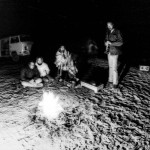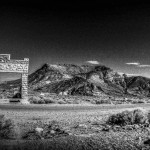Port Costa is a tiny, quaint outpost near San Francisco. Before he moved there and started raising a family, Dave was a gov’t colleague in L.A.; was one of two (not counting myself) obsessed Bob Dylan devotees in our office; owned and was restoring a rare late 20s Chrysler; liked to discuss poetry, Sartre, Camus and existentialism over a beer or two; had an unrivaled deadpan sense of humor; always flew under the radar; and, as a charter member of the fan club, received a Christmas card every year from the Texas parents of the deceased Buddy Holly.
SIDEBAR: I know that I had resolved not to conflate personal memories of humans (at least those not known in common with my readers/viewers) with my display of previously-undiscovered photographs unless their presence in an image had visual merit on its own — but a handful of individuals in the past were so eccentric or remarkable to me that their inclusion starts to cross that line. This regrettable tendency — which I will attempt to curtail in the future — probably owes something to Joseph Mitchell, whose book (now being read aloud to Kim by myself), “Up In The Old Hotel”, serves up accounts of eccentrics and oddities that he encountered in the saloons and streets and elsewhere in New York City during the 1930s, 40s and 50s.
